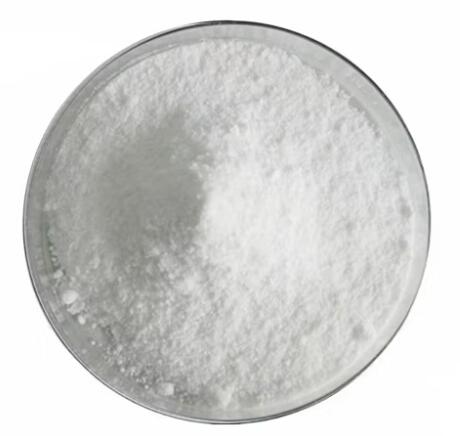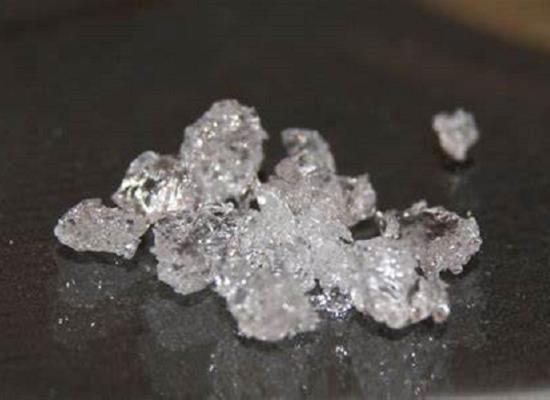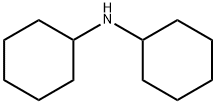Dicyclohexylamine: Overview, Antibacterial Activity and Detection Method
May 11,2024
General Description
Dicyclohexylamine is a versatile alkaline corrosive substance, stable under standard conditions with limited solubility in water. It is used in organic synthesis, dye manufacturing, rubber vulcanization accelerators, and the medical industry. Additionally, it exhibits significant antibacterial activity by inhibiting spermidine synthase, showing potential for therapeutic applications. Detection in honey relies on LC-MS/MS analysis, and its remarkable stability makes it a better marker residue than fumagillin for monitoring fumagillin usage in apiculture. Accurate detection methods and risk assessment are crucial for ensuring consumer safety and regulatory compliance.
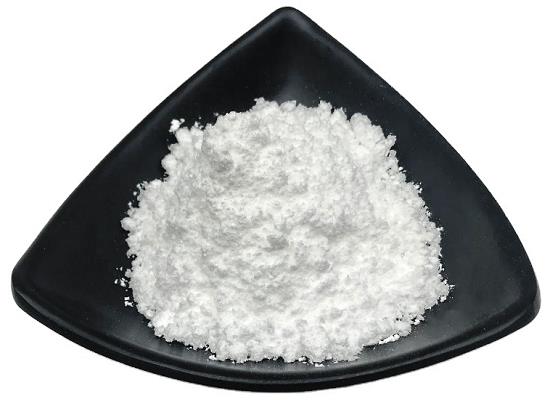
Figure 1. Dicyclohexylamine
Overview
Dicyclohexylamine, with the CAS number 101-83-7, is a chemical compound renowned for its versatility and utility across diverse industries. Presenting as a white powder with a distinct fishy odor, it falls under the classification of an alkaline corrosive substance. Despite its pungent smell, DCHA remains stable under standard conditions, boasting a boiling point of 256°C and a flash point of 96°C. While its solubility in water is limited, it demonstrates miscibility with various organic solvents like ethanol, ether, and benzene. The applications of Dicyclohexylamine span a wide spectrum, making it indispensable in many sectors. It serves as a crucial intermediate in organic synthesis, facilitating the creation of numerous compounds. Additionally, its role in dye manufacturing is significant, contributing to the vibrant colors seen in textiles and other products. Furthermore, DCHA is employed in rubber vulcanization accelerators, enhancing the strength and durability of rubber products. Its versatility extends even to the medical industry, where it finds application in various processes due to its diverse reactivity. In essence, Dicyclohexylamine stands as a cornerstone in chemical synthesis, offering a multitude of applications across industries ranging from textiles to medicine. 1
Antibacterial Activity
Dicyclohexylamine exhibits significant antibacterial activity through reversible inhibition of spermidine synthase, as evidenced by its differential effects on various bacterial strains. Among the strains tested, Streptococcus uberis displayed the highest sensitivity, with complete growth arrest at 5 mM concentration and 60% inhibition at 1.25 mM. Other strains like Staphylococcus aureus, Escherichia coli, and Pseudomonas aeruginosa also showed sensitivity, albeit to a lesser extent. However, Micrococcus sp. and Klebsiella sp. exhibited resistance even at 10.0 mM concentration, while Streptococcus agalactiae remained unaffected. In vitro studies corroborated these findings, with spermidine synthase from sensitive bacteria being inhibited by over 90% at 50 microM concentration of dicyclohexylamine. This inhibition correlated with a decrease in spermidine concentration within bacterial cells. Notably, dicyclohexylamine-induced growth inhibition was reversible upon addition of spermidine, indicating the specificity of the drug's action. Furthermore, the accumulation of putrescine in Streptococcus uberis suggests a compensatory mechanism in response to spermidine synthase inhibition. Interestingly, putrescine could reverse growth inhibition only in bacteria insensitive to dicyclohexylamine, while spermine was ineffective, likely due to limited uptake by bacterial cells. Overall, dicyclohexylamine demonstrates potent antibacterial properties by targeting spermidine synthase, offering potential therapeutic applications against susceptible bacterial infections. 2
Detection Method
The detection method for Dicyclohexylamine in honey relies on LC-MS/MS analysis. Dicyclohexylamine exhibits remarkable stability compared to fumagillin, with observed half-lives ranging from 368 to 852 days when stored at temperatures between 21°C and 34°C in darkness. Conversely, fumagillin displays shorter half-lives, with complete decomposition observed after 30 days when exposed to light at 21°C. Previous studies confirm the accelerated decomposition of fumagillin at higher temperatures and upon exposure to light. Given the prolonged half-life of DCH, it is likely to be detected in honey at higher concentrations than fumagillin over extended periods. This was demonstrated in a recent study where Dicyclohexylamine was detected in honey samples at levels above the analytical method's limit of detection (LOD) of 10 ng g-1. In contrast, fumagillin was detected above the LOD in only a few samples. Due to its stability and toxic properties, Dicyclohexylamine emerges as a significant contaminant in honey. It serves as a better marker residue than fumagillin for monitoring fumagillin usage in apiculture, provided that no other industrial exposures to Dicyclohexylamine are present. Establishing maximum residue limits (MRLs) for both fumagillin and Dicyclohexylamine is crucial, necessitating a comprehensive risk assessment. This underscores the importance of accurate and reliable detection methods for Dicyclohexylamine in honey to ensure consumer safety and regulatory compliance in apiculture practices. 3
Reference
1. Dicyclohexylamine. National Center for Biotechnology Information. 2024; PubChem Compound Summary for CID 7582.
2. Mattila T, Honkanen-Buzalski T, P?s? H. Reversible inhibition of bacterial growth after specific inhibition of spermidine synthase by dicyclohexylamine. Biochem J. 1984; 223(3): 823-830.
3. van den Heever JP, Thompson TS, Curtis JM, Pernal SF. Stability of dicyclohexylamine and fumagillin in honey. Food Chem. 2015; 179: 152-158.
- Related articles
- Related Qustion
- Unleashing the Potential of Dicyclohexylamine in Catalytic Reactions Dec 26, 2023
Dicyclohexylamine can be synthesized by diphenylamine using supported rhodium catalysts and it is a versatile compound with diverse applications as reactant and catalyst.
- What is Dicyclohexylamine? Oct 25, 2023
Dicyclohexylamine is a clear yellow liquid with a faint fishlike odor. It is used as acatalyst for paint, varnishes and inks. May be toxic by ingestion. Severely irritates skin, eyes and mucous membranes.
- Dicyclohexylamine: properties and applications Sep 21, 2023
Dicyclohexylamine is a versatile chemical compound with applications as an inhibitor and a colorimetric sensor.
Arbidol is used for prevention and treatment in adults and children: --Influenza A and B, Avian or Bird Flu, RSV, SARS.....
Jan 8,2025APIChloral hydrate, effective for pediatric sedation, poses risks like desaturation and vomiting but offers benefits such as lower cardiovascular risks.....
Dec 17,2024APIDicyclohexylamine
101-83-7You may like
Dicyclohexylamine manufacturers
- Dicyclohexylamine
-
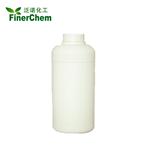
- $2.00 / 200KG
- 2025-01-09
- CAS:101-83-7
- Min. Order: 1KG
- Purity: 99%
- Supply Ability: 1000mt/year
- Dicyclohexylamine
-

- $1.00 / 1kg
- 2024-11-21
- CAS:101-83-7
- Min. Order: 1kg
- Purity: 99%
- Supply Ability: 10 mt
- Dicyclohexylamine
-
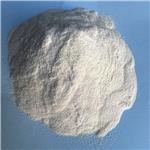
- $9.50 / 1KG
- 2024-10-11
- CAS:101-83-7
- Min. Order: 1KG
- Purity: 99%
- Supply Ability: 100ton




